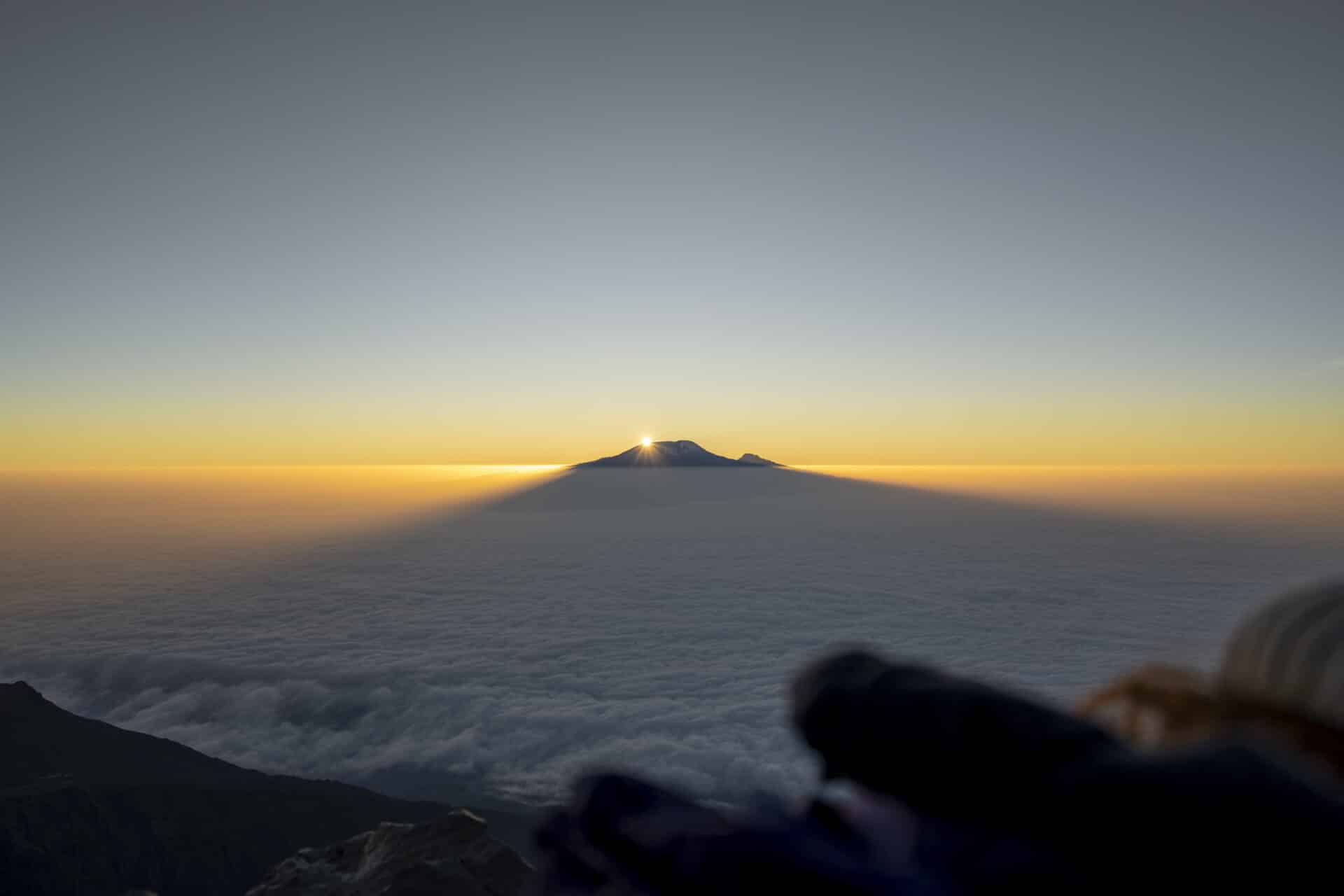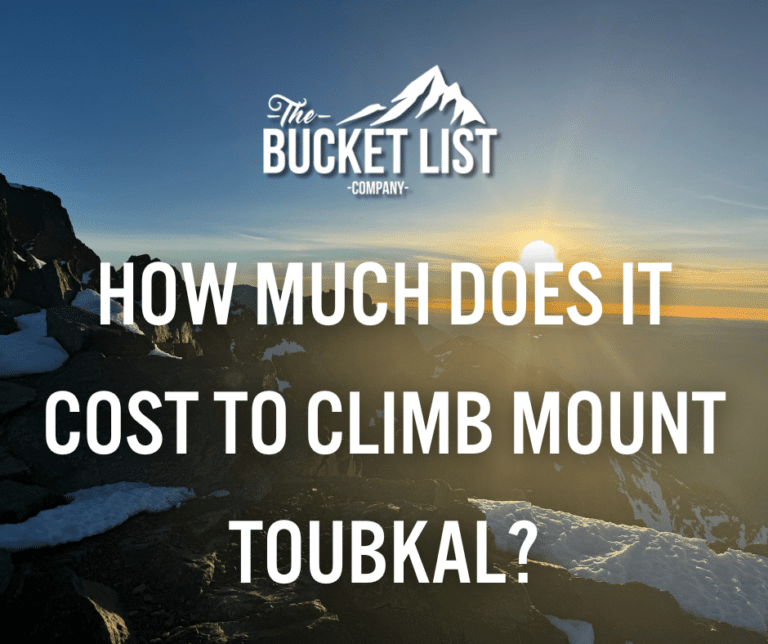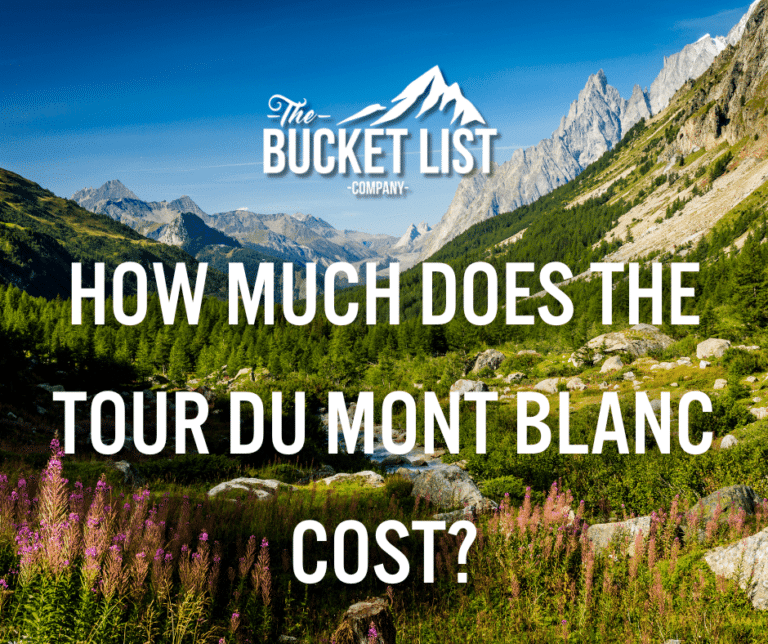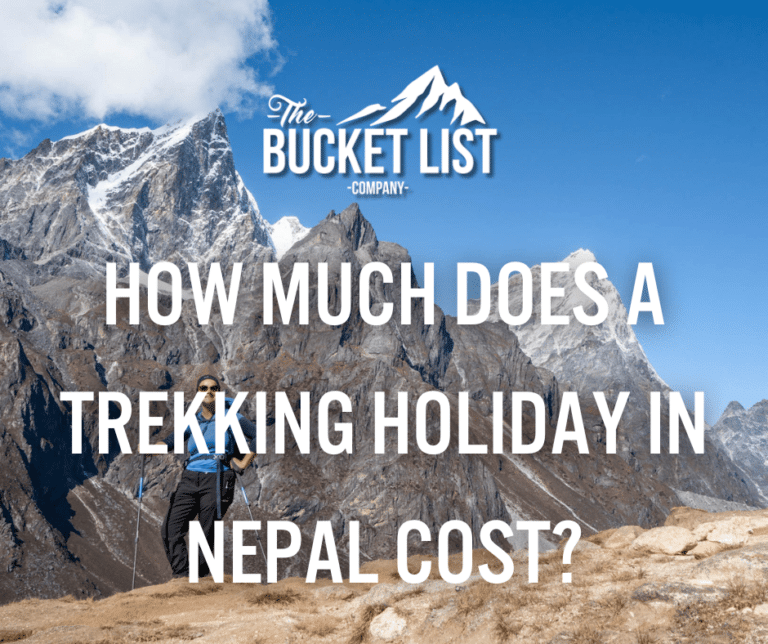How much do you know about the Roof of Africa?
So you’ve got Kilimanjaro on your Bucket List.
You’re not the only one.
Every avid climber puts the Roof of Africa on theirs at some point in their lifetime, but it’s usually only the most dedicated that actually go and tick it off.
Think you can handle the altitude and you’ve got the calves to go the distance and win some serious kudos? In that case, you’ll want something else in your armoury to set you apart from your fellow climbers.
Enter 8 of the most interesting Kilimanjaro facts out there… Clue up, book your trek and take the title of the world’s most dedicated Kilimanjaro climber (for a few minutes while you read at least).

Mount Kilimanjaro facts #1 – Kili tops several lists
As the highest mountain in Africa, Kilimanjaro makes it onto the “Seven Summits” list, which is a Bucket List in itself. There aren’t many people who’ve conquered the highest peaks on every continent, and you’d need some serious experience to do it yourself.
Of the seven summits, Kili ranks fourth highest, at 5,895m – after Everest in Asia (8,848m), Aconcagua in South America (6,960m) and Denali in North America (6,190m) – and before Elbrus in Europe (5,642m), Vinson Massif in Antarctica (4,892m) and Carstensz Pyramid in Oceania (4,884m).
It’s technically the easiest to climb of those summits, as you don’t need any ropes or special gear to get up there. And Kili’s also the world’s tallest free-standing mountain, i.e. it’s not part of a range.
Mount Kilimanjaro facts #2 – When did Kilimanjaro last erupt?
You might think “mountain” when you hear Kilimanjaro, but in reality this monolith is actually a stratovolcano, meaning it’s made up of ash, lava and rock.
Kilimanjaro has three volcanic cones. Shira, Kibo and Mawenzi. Both Shira and Mawenzi are extinct but scientists reckon Kibo is going to erupt again at some point, which means it’s “dormant” rather than dead. This definition still stands even though it’s been at least 200,000 years since the last eruption!
Before you go worrying about Kili spewing her guts when you’re halfway up, rest assured that her last major eruption was 360,000 years ago and there’s been no other sort of activity for 200,000 years. You will notice the smell of sulphur if you visit the ash pit though, a two hours’ hike from the highest campsite.

Mount Kilimanjaro facts #3 – What does Kilimanjaro mean?
There are several suggestions as to what “Kilimanjaro” actually means, and I’m afraid we don’t have any authority to tell you which one’s right.
When European explorers climbed the stratovolcano in the mid 19th century, some claimed that Kilimanjaro was the Swahili name for the mountain, while others said it was “Kilima-Njaro”. Either way, it could be a combined version of the Swahili word for mountain, “Kilima”, and the Chagga work “Njaro” meaning whiteness.
That could make sense as the inhabitants of Jagga call it “Kibo”, meaning “snow”, but still others call it the Mountain of Caravans, or the Mountain of Greatness. Good thing everyone’s saying “Mountain” and not “stratovolcano” though, or that could be a real mouthful.

Mount Kilimanjaro facts #4 – Lots of people fail to reach the summit
Another great suggestion for what “Kilimanjaro” means is the European pronunciation of a Chagga phrase meaning “we failed to climb it”.
Which is pretty appropriate seeing as around half of the climbers who attempt to summit Kilimanjaro do fail!
Around 30,000 people head to Kilimanjaro every year and it’s frequently reported that about 50% of them fail to reach Uhuru Peak. You might think it odd, seeing as it’s a relatively “easy” mountain to climb in terms of the amount of experience you need. But over-confidence paired with lack of proper acclimatisation means that many fall foul of altitude sickness and are forced to abandon their attempt.

Mount Kilimanjaro facts #5 – You pass through all sorts of climates on your way to the peak
If you thought climbing a mountain on the equator was going to be hot hot hot all the way, think again. This journey ends up in Antarctic-like conditions, and in the middle of Africa of all places!
There are five distinct ecological zones on the trek from the park gates to the peak:
- Bushland/Cultivated Zone: 2,600′-6,000’/800m-1,800m
- Rainforest Zone: 6,000′-9,200’/1,800m-2,800m
- Heath/Moorland Zone: 9,200′-13,200’/2,800m-4,000m
- Alpine Desert Zone: 13,200′-16,500’/4,000m-5,000m
- Arctic Zone:16,500’+/5,000m+
You’ll start off on the hot, dry lower plains before heading through each of the different zones and ending up at the cold, icy peak. Be prepared for heat, humidity and some shortlived but serious chills!

Mount Kilimanjaro facts #6 – Speaking of ice, Kili’s bound to lose hers…
Sadly, Kilimanjaro’s glaciers are a clear advertisement for global climate change. Since 1912, the icecap up there has shrunk by a whopping 82% and scientists reckon it’ll probably be gone completely within just 50 years.
The drying climate in East Africa is one culprit, while deforestation is contributing to the effect too. About 5 million indigenous trees were planted around the foot of the mountain in 2008 to try to help the problem – but if you’re thinking about ticking Kili off your Bucket List, best do it sooner rather than later.

Mount Kilimanjaro facts #7 – You can go up and down in less than seven hours, easy
Okay, maybe not easy peasy but it has been done. A [somewhat incredible] Swiss athlete called Karl Egloff completed the fastest ever ascent and descent of Kilimanjaro in just 6 hours and 42 minutes back in 2014.
You probably won’t be doing it in a similar time – especially if you’re booking an 8-day expedition with The Bucket List Company! But never say never…

Mount Kilimanjaro facts #8 – People have been climbing Kilimanjaro for more than 100 years
It might surprise you to learn that the first successful ascent to Uhuru Peak was as long ago as 1889, by a German geologist by the name of Hans Meyer. It was his third go, after two failed attempts in the two previous years.
In 1887, the first attempt failed when Meyer realised he didn’t have kit required to get past the heavy snow and ice walls a little higher up from the base of Kibo. Then in 1888, he returned with the gear but unfortunately got captured and held prisoner by locals during the Abushiri Revolt!

I think it’s safe to say you can now call yourself a Kili Connoisseur – so why not take a look at our Kilimanjaro climbs, book your trip to the Roof of Africa and start getting excited?! Click here to learn more about the Marangu Route or here to find out all about the Lemosho route. If you don’t book it now, will you ever?

 Basket
Basket




